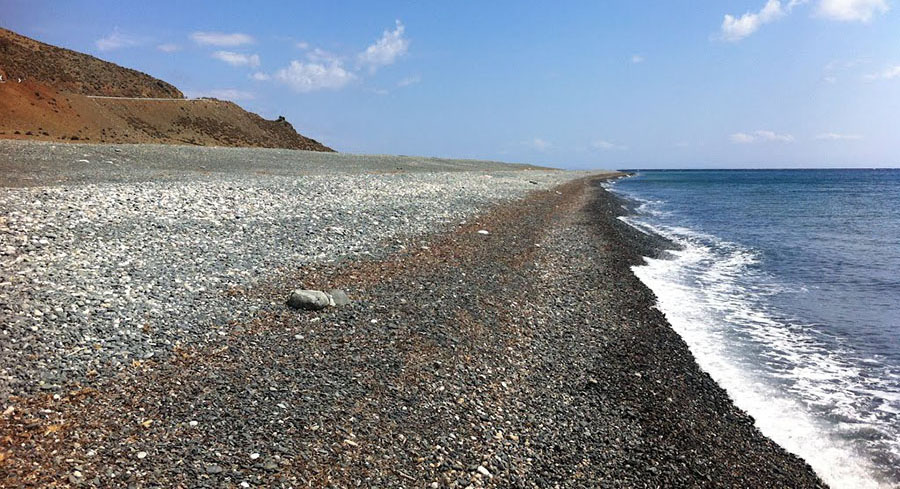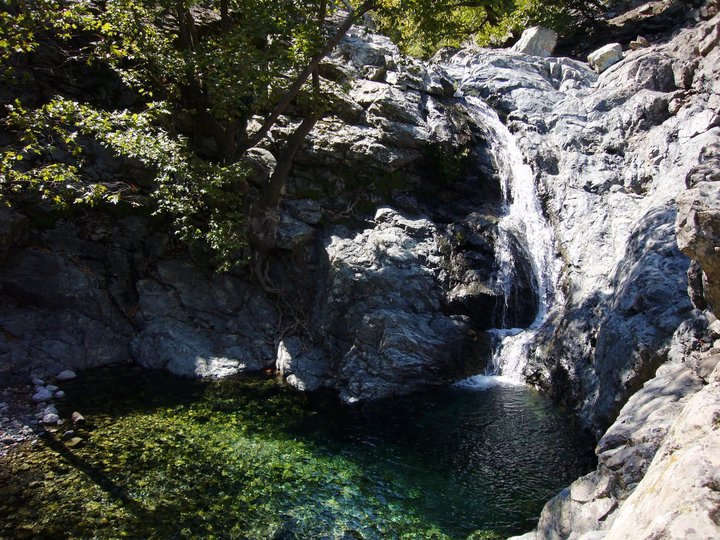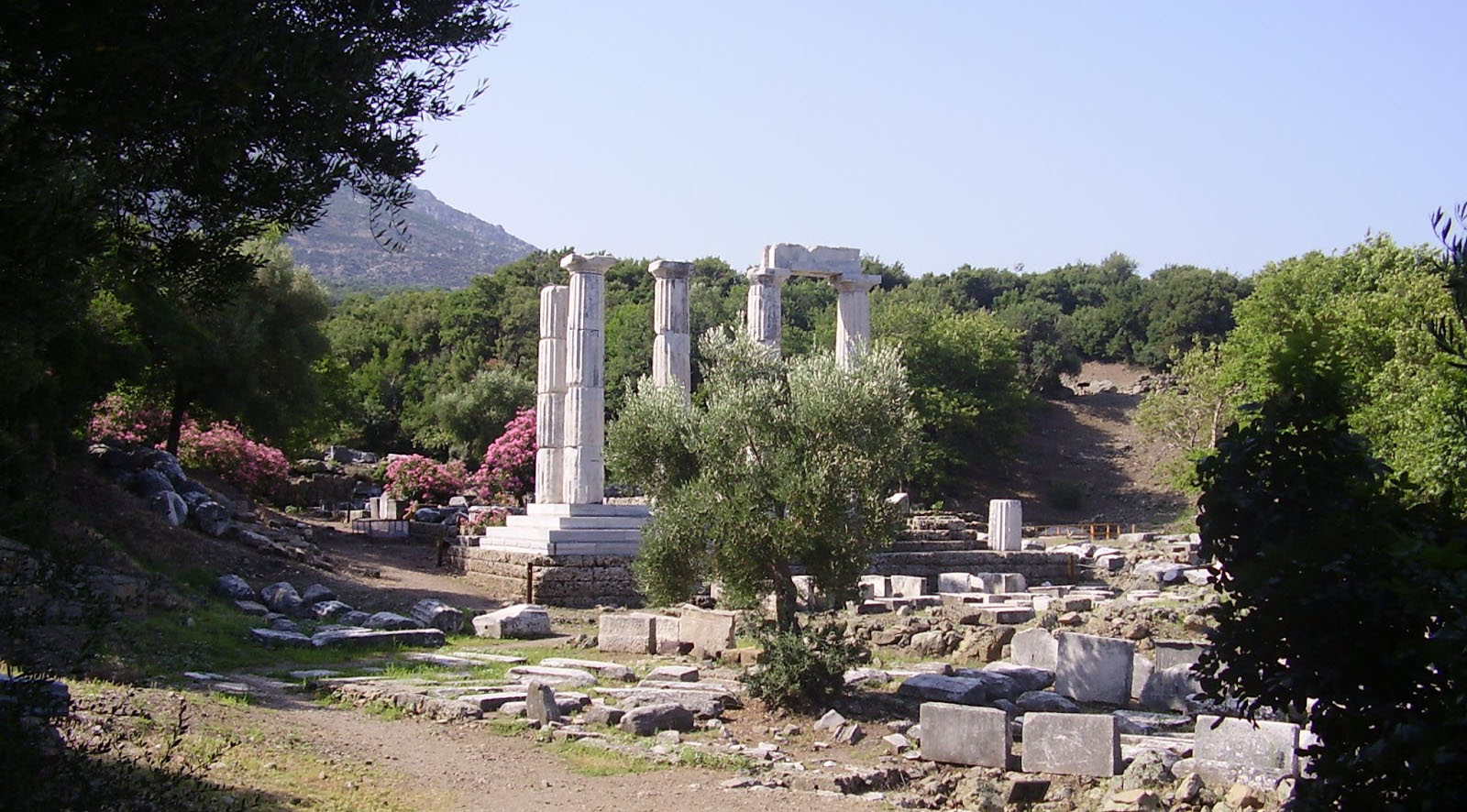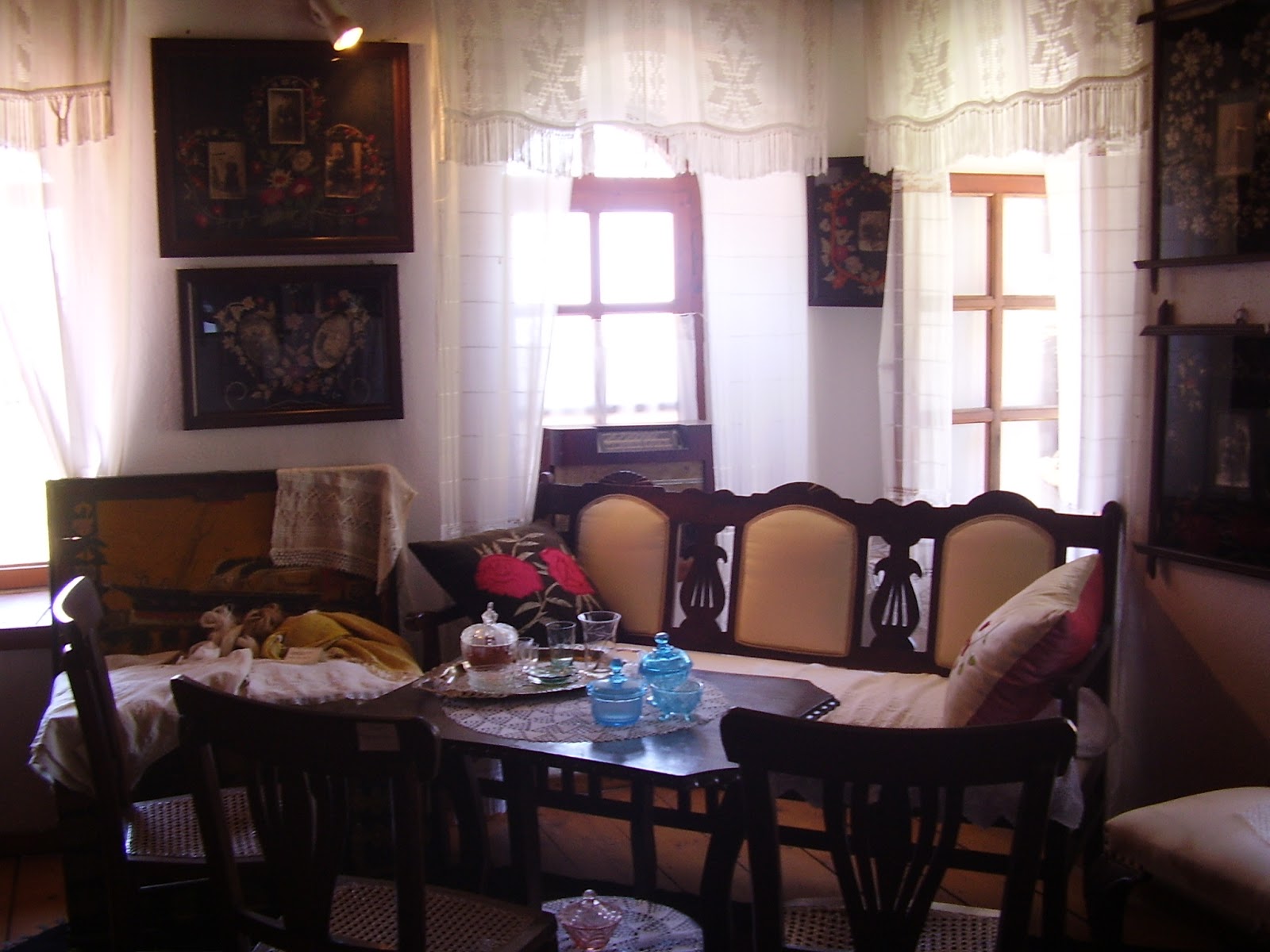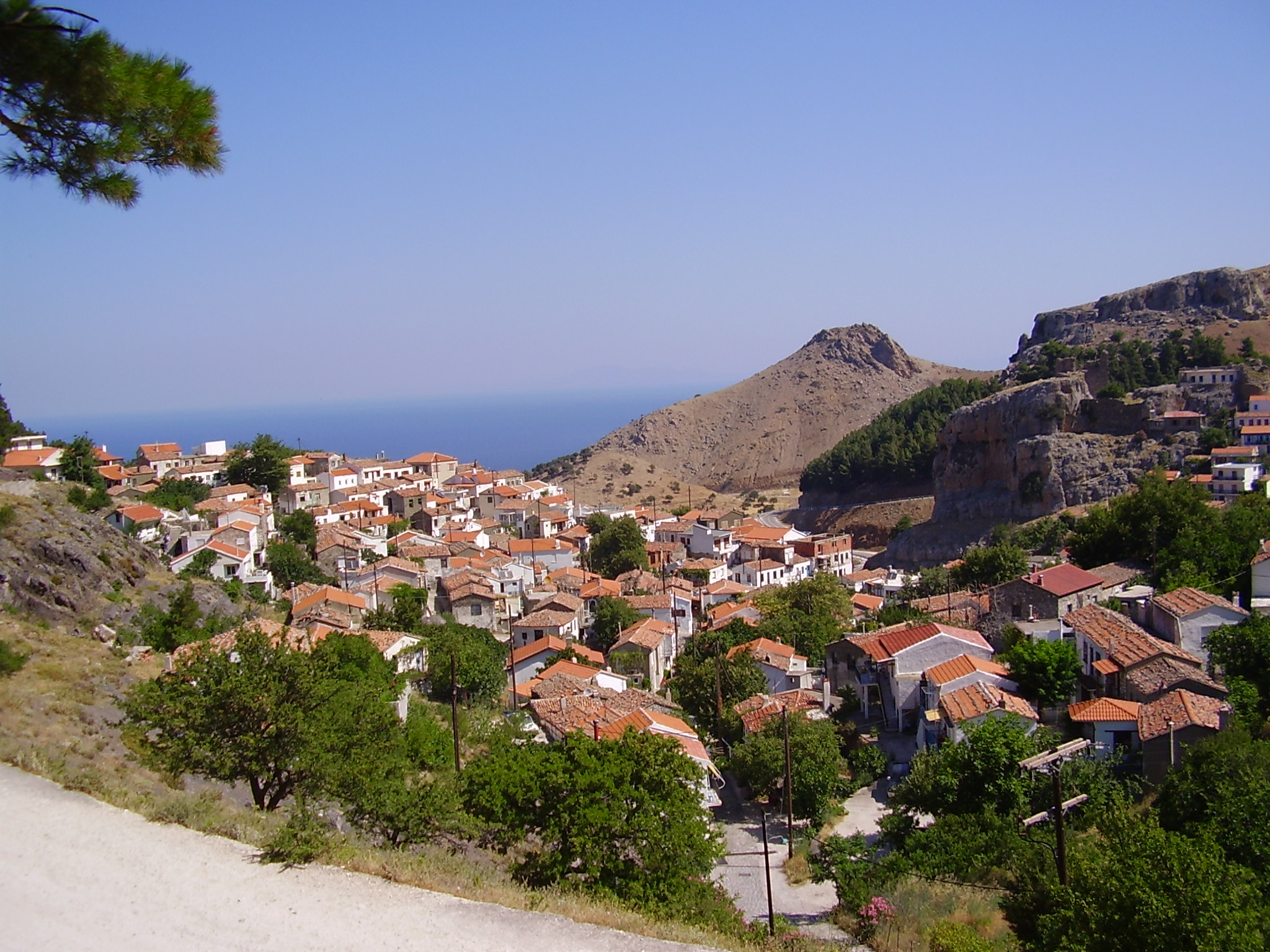prehistoric settlement, known as Mikro Vouni
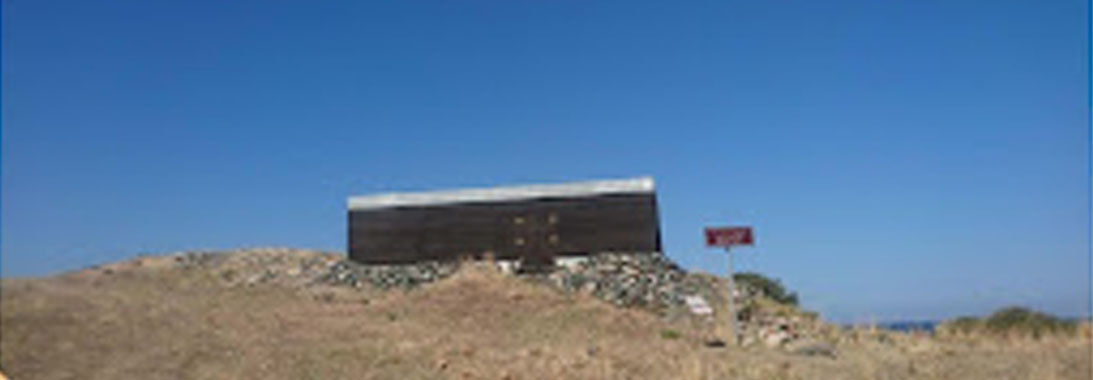
The prehistoric settlement, known as Mikro Vouni, represents an early urban example in the Aegean, spanning from the Final Neolithic period of the Aegean region to the late years of the Middle Bronze Age.
Settlements have been identified from the Late Bronze Age and three megalithic burial monuments from the Iron Age period. The last population of pre-Greek origin was Thracian, and their language was used as a ritual language in the worship of the Great Gods until the 1st century BCE.
The prehistoric settlement, Mikro Vouni, represents an early urban example in the Aegean, from the Final Neolithic period to the late years of the Middle Bronze Age.
Around 700 BCE, the Aeolians colonized the island. The city, with silver coins and a small war fleet in the Archaic period, protected itself with an impressive wall in the early 6th century. During the Hellenistic and Roman periods, the worship of the Great Gods acquired international character. Coinage, which had ceased during the Classical period, continued until the 1st century BCE. However, the decline of the cult became noticeable from the 3rd century CE.
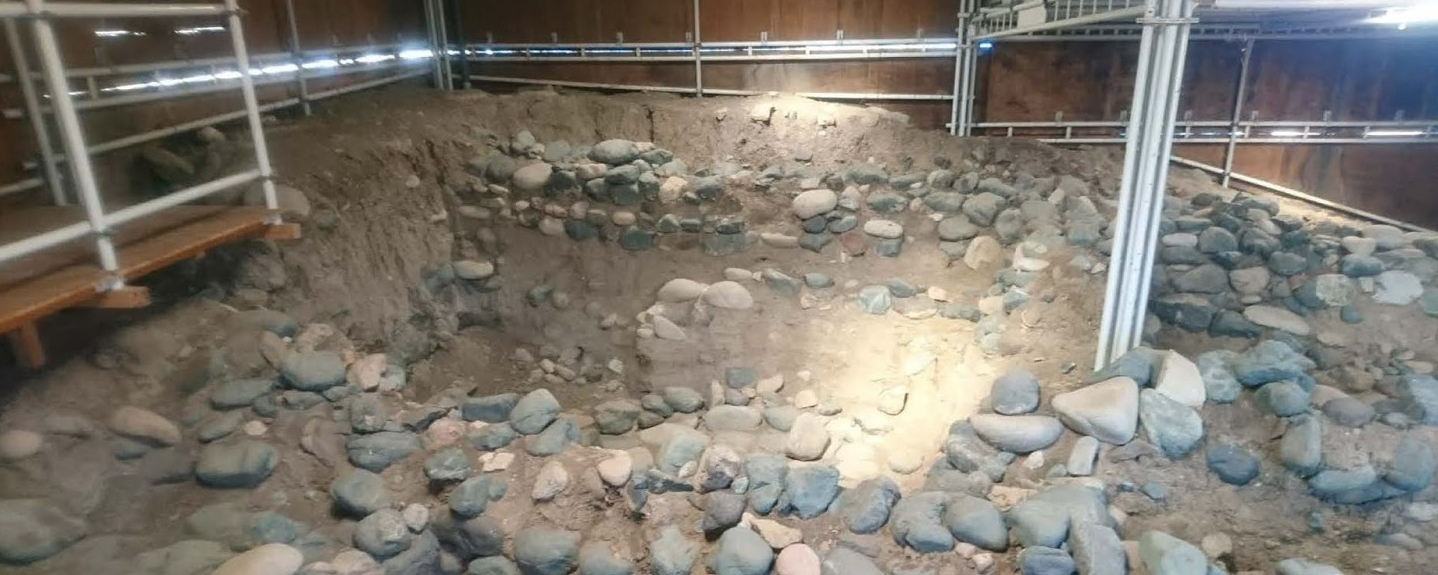
the "Great Mother," known as Axieros or Demeter, Cybele the Ecate Zerynthia, Aphrodite Zerynthia, and Cadmilus
Around 1430, Samothrace fell under the rule of the Genoese lord of Ainos, Palamedes Gattilusi. The island was deserted twice, once after the Fall of Constantinople and again in 1821.
A central figure in the worship of the Great Gods was the "Great Mother," known as Axieros or Demeter for the Greeks, related to Cybele and the corresponding gods of Anatolia. From Axieros possibly derived Ecate Zerynthia and Aphrodite Zerynthia, while connected with Cadmilus, a god of fertility identified with Hermes. The Kaviri were two ithyphallic deities-daemons. The Great Gods also include Axieros (Hades) and Axierosa (Persephone), a god and a goddess of the Underworld.
The festivals of Samothrace depict the marriage of Cadmus and Harmony. In the nocturnal Mysteries of the Great Gods, there were two grades: initiation proper and supervision. During the ritual banquets, large quantities of wine were consumed.
Around 340 BCE, in the center of the Sacred Area extending to about 50 acres, the rectangular peribolos known as the Temenos was built, possibly an offering of Philip II. The Propylon, located at its entrance, is attributed to Skopas. The frieze is adorned with a ritual dance of girls, capturing the archaic rhythm. Around 288 and 281 BCE, Queen Arsinoe dedicated the Tholos, known by her name. This is the largest enclosed circular building of ancient Greek architecture.
In the third century BCE, a theater was built, and later, an orthogonal building was constructed over the hollow, divided into two sections. In the rear southern section was the stern of the ship with Nike.
After the abolition of polytheistic worship in the late 4th century BCE, the Sanctuary was abandoned. A kiln from the 5th century BCE, which altered the nearest marbles to lime, earthquakes in the 6th century, and seizures until recent years contributed to its destruction. Historical research began with the French consul in Adrianople, M. Champoiseau, who conducted the first excavations in Samothrace in 1863, discovering the statue of Nike in the Sanctuary of the Great Gods. After him, other Frenchmen followed, two Austrian missions, and since 1938, the University of New York. Since 1982, the 17th Ephorate of Prehistoric and Classical Antiquities has been working at the prehistoric site of Mikro Vouni.

